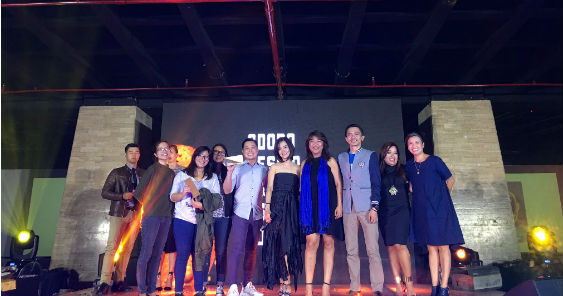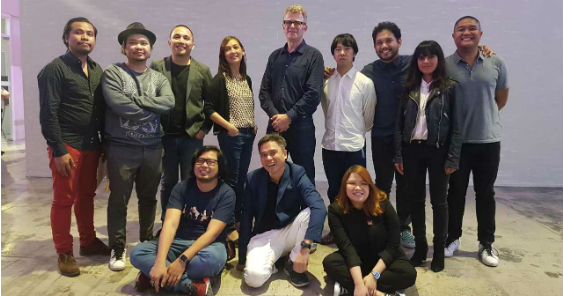MAKATI CITY – As the adobo Design Awards Asia once again honored the best in design and recognized the people behind them.
Originally launched in 2007, the jury for the 2017 adobo Design Awards Asia represented a cross-setion of creatives across different industries including advertising, comic book art, photography, typography, and filmmaking. They were led by jury president Bruce Duckworth, co-founder of design firm Turner Duckworth and current president of D&AD, which exists to promote excellence in design and advertising.
“D&AD is all about creative excellence, and so is adobo magazine,” notes Duckworth. “So, the more we can get together, the more we can work together, the more we can talk to each other, the more we can collaborate, the better the world will be.”

With an overall theme of “Inspiring humanity through design,” Gold trophies at the aDAA 2017 were handed out to TBWA\Santiago Mangada Puno in Illustration for ‘Sabina poster,’ Grid Magazine volume 1 for Magazine and Newspaper Design, and DDB Philippines for Product Design for ‘In Full Bloom – the ADFEST 2017 Trophy Design.’
For its ‘Thank you for sharing’ campaign, Leo Burnett Thailand won gold in the Short Film category. Meanwhile in the Open – Student category, MINT College earned gold for ‘Design System – Manila Electric Transport.’
Dentsu JaymeSyfu won gold for the Press and Poster category for ‘INCLINES, PEDESTRIAN, VEHICLE Poster,’ while TBWA\Santiago Mangada Puno also earned gold in the same category for ‘Dirty Watercolor.’ ‘Dirty Watercolor’ was also named Best of Show for Good while Dentsu Jayme Syfu’s ‘Yamaha Motorcycles – Headlight Roadsigns campaign’ won Best of Show for Purpose.

The winner of Globe Telecom’s Best Mobile App Design for Social Good was given to J. Walter Thompson Philippines for Listerine’s ‘Rinse the Hate.’ Finally, the Lucille Tenazas Award, selected by the famed graphic designer and illustrator herself, was also presented to TBWA\Santiago Mangada Puno for ‘Dirty Watercolor.’

Aside from Duckworth, the jury for the adobo Design Awards Asia 2017 was comprised of photographer/artist Wawi Navarozza of Thousandfold; Jowee Alviar, co-founder and Creative Director of Team Manila; Director of Globe Studios Quark Henares; DC Comics and Marvel Comics artist Harvey Tolibao; Co-founder of Plus63 Co. Dan Matutina; Dentsu Jayme Syfu Chairmom and Chief Creative Officer Merlee Jayme; Multidisciplinary-Designer and Type artist Patrick Cabral; Dentsu Inc. Tokyo Creative Director Yoshihiro Yagi; CJ de Silva-Ong, Associate Creative Director of TBWA\Santiago Mangada Puno; Robert Alejandro, owner of RAD Design Philippines; and Ivan Despi, co-founder and Creative Director of Acid House.
Major sponsors for the aDAA 2017 were Globe, Samsung, and Bear Brand. Event partners were Price WaterhouseCooper, Greenbulb Public Relations, Green Sun, myPhone, Executive Decisions, Filmex, SignalFire, Discovery Primea, Norde International, VJ7, Manille, Destileria Limtuaco, PhotoMan, Heineken Beer, Beer Below Zero, Nexus Media Productions, Zalora, and Bluesmith Coffee & Kitchen. Media partners were ANC, CNN, Business Mirror, The Philippine Star, WhenInManila.com, and 2nd Avenue.







